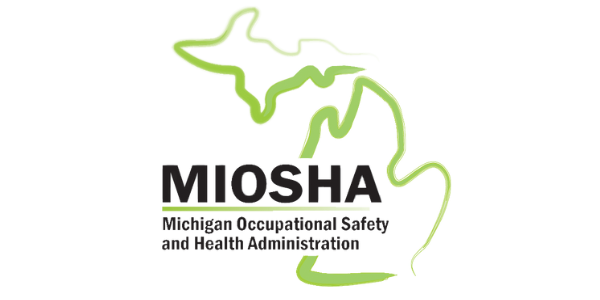Empowering Employers
with Expert Staffing Solutions
Your Reliable Partner in Finding the Right Talent
Today’s job market presents unique challenges to employers, especially when trying to find the right talent to fill positions. Since 1997, our holistic approach to staffing has matched small and medium-sized businesses with over 15,000 qualified candidates each year across our 27 branch locations. By partnering with us, you can get your time back and focus on running your business.
Our Process: Simplifying Your Staffing Needs
We make it easy for you to find the right candidates. Here’s how it works:
Complete our analysis checklist
Tell us about your current work culture, staffing challenges, and ideal employee
Get your customized solution
Our team of experienced, skilled recruiters will score candidates and send you the best fit for your roles.
Attract more candidates
With our customized, high-tech high-touch approach you can confidently continue placing the right people in the right jobs






